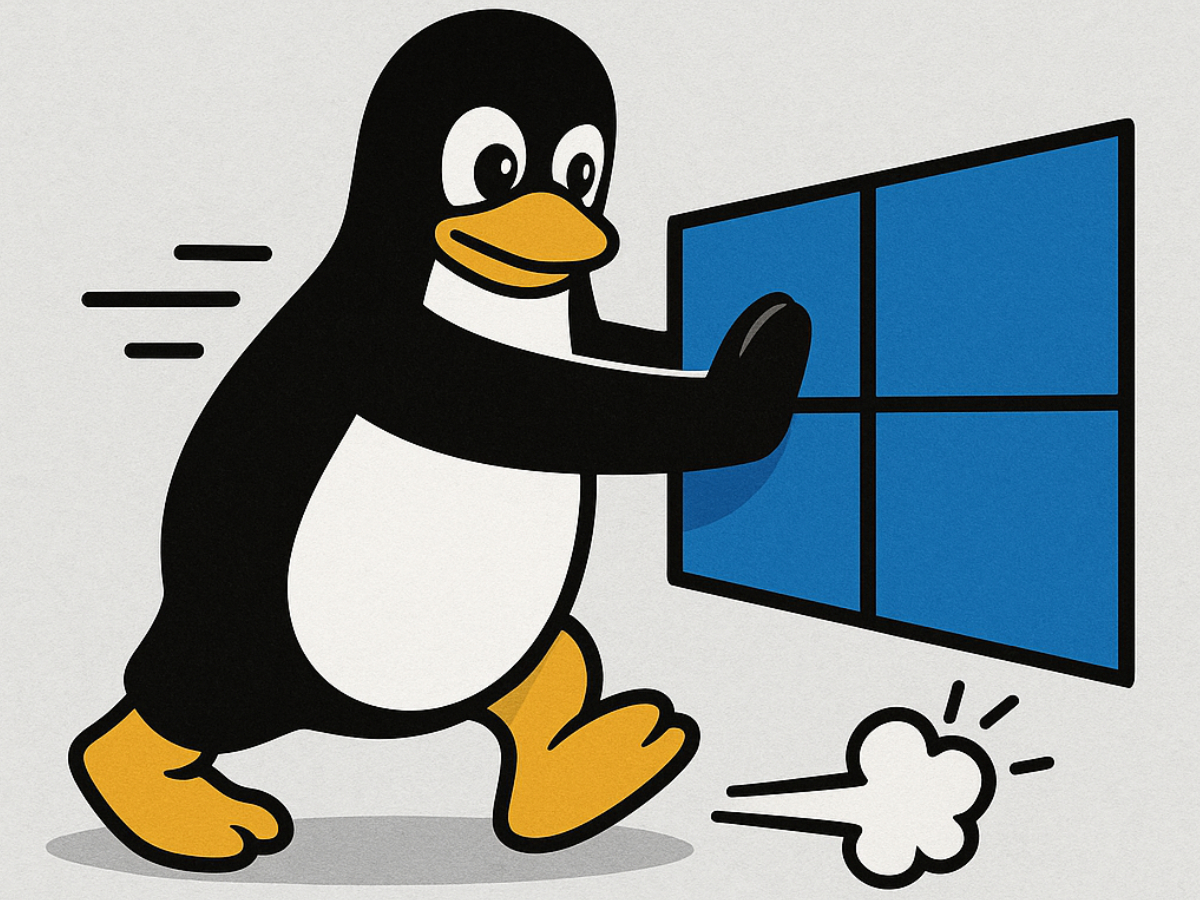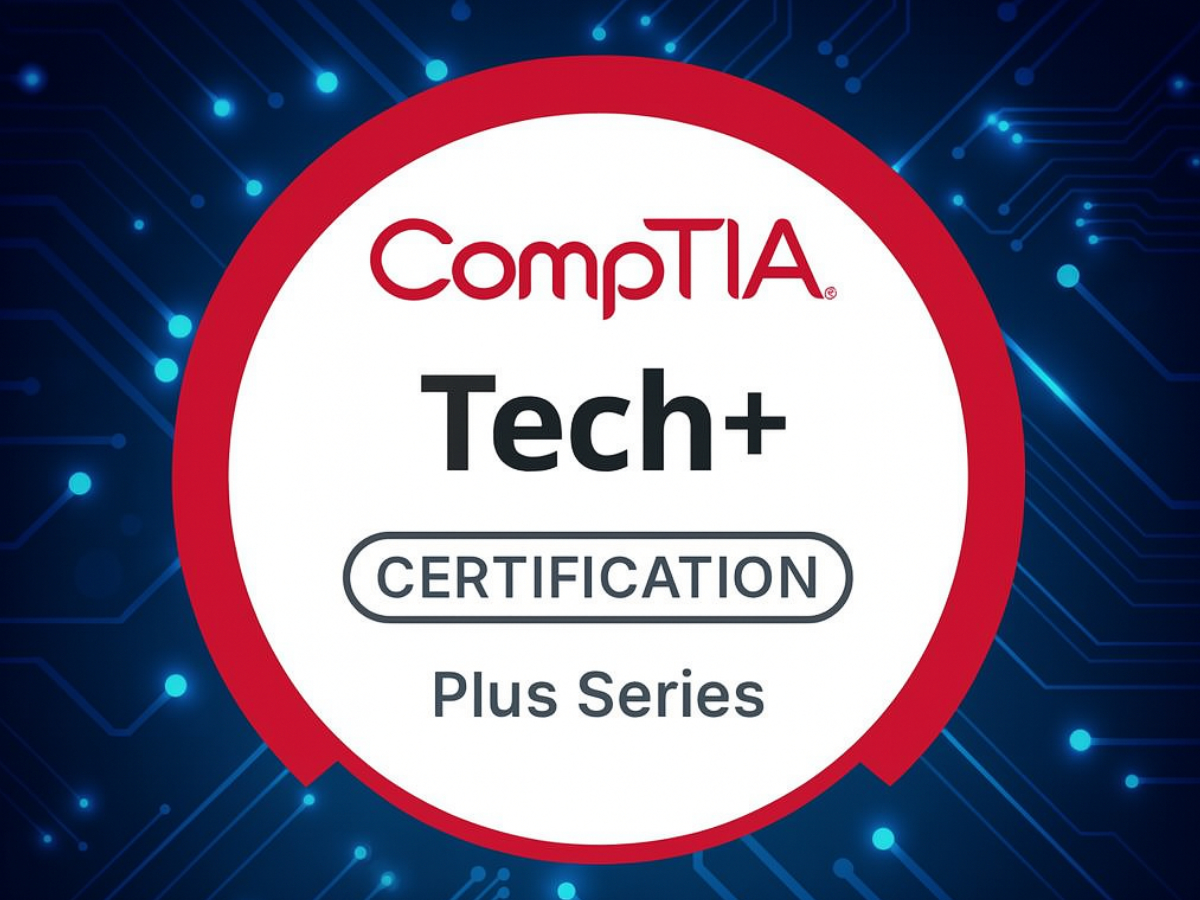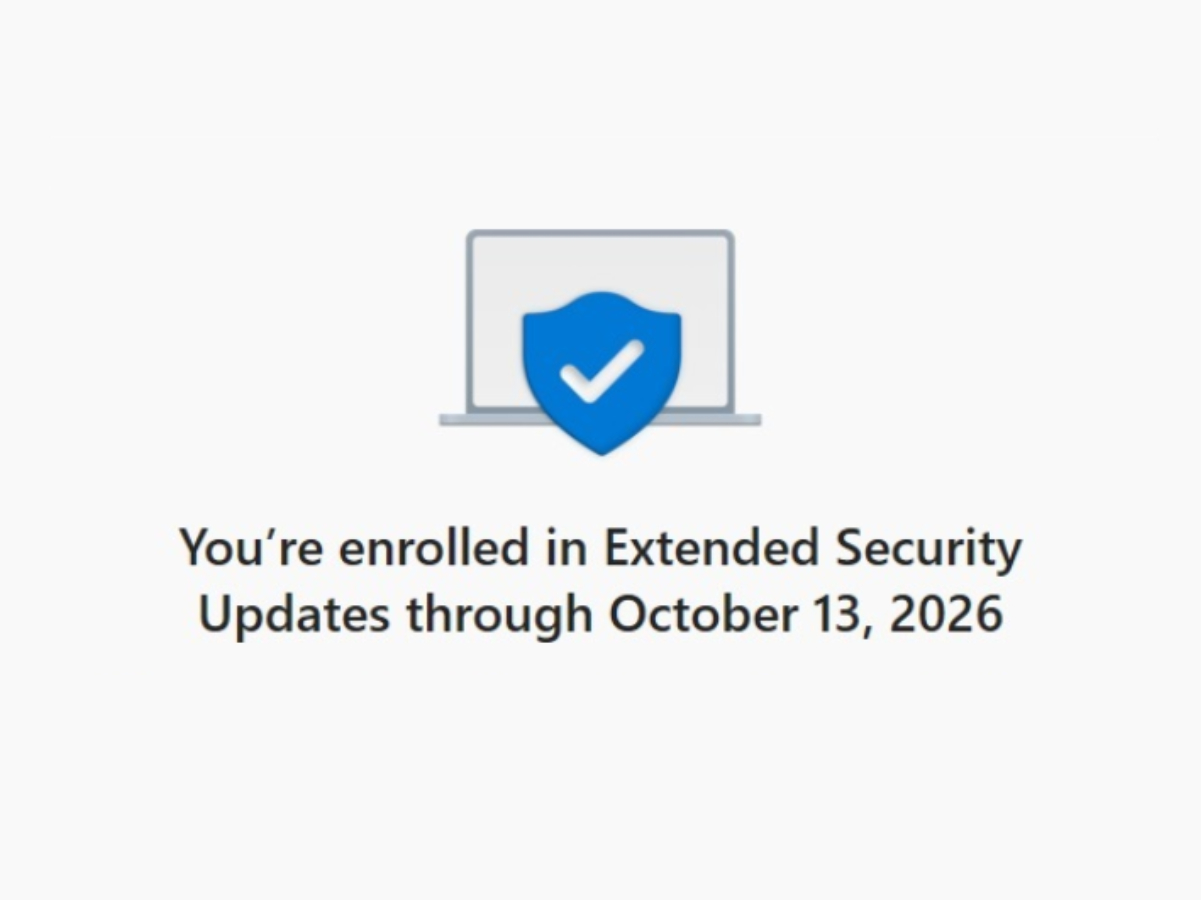Table of Contents
On 14 October 2025, Microsoft will end support for Windows 10 (sort of, see more here). This means that Microsoft will no longer provide updates for the system, and, according to the campaign website, “end of 10” - this will turn an estimated 200 to 400 million laptops and computers worldwide into security risks and heavily polluting e-waste. My view is that these numbers are, if anything, on the low side.
It’s true to say that modern hardware can provide higher performance, and more recent systems do have security features such as a Trusted Platform Module (TPM) that help meet modern enterprise standards, but in many cases, your existing system is still perfectly secure and performant enough for your use case, so should you really have to throw it away?
The fact is that for many users, their existing PC - even a 5 or 6-year-old model - is still vastly more capable than they really require. If your primary use case for a system is checking email, watching videos online and writing up a document here and there, the system you have is almost certainly still going to be up to the task come October 15th.
Recently, Microsoft have been micro-softening (See what I did there!) their position on Windows 10 retirement - there’s now an option to purchase extended security updates for at least a year, but this:
- Costs money.
- Has some issues from a security perspective (see here).
- Still requires handing over more data to Microsoft, which you might want to avoid.
So, how about saying no to all three - keeping the perfectly good system that you have, sparing the planet some more toxic e-waste and saving yourself some money in the process?
Switching to Linux
If you’re not deeply involved in the technology sector (and perhaps even if you are), there’s a good chance you’ve never really heard of Linux, even though its predecessor (Unix) was around long before Microsoft even existed. There’s a reason for that. Although there’s more competition in the desktop computing market now than there has been for a while, there’s no question that Microsoft still have a huge amount of power and influence in the space. At the same time, the modern internet is increasingly driven by advertisement and “shadow promotion”, so that large, powerful, multinational corporations have a significant advantage in being able to direct your thinking and limit your access to information. You’d therefore be totally forgiven for thinking that buying a new Windows 11 PC is your only way forward - but….
What if you could make your current computer fast and secure again so you can continue to use it? There is an alternative to Windows, one that is free, receives regular updates and works on nearly all devices, from most smartphones and routers, to supercomputers that predict the weather and robots on Mars.
– endof10.org
Spoiler alert: that alternative is Linux - Linux for desktop has come a long way in recent years, so that today it is a safe, secure, viable alternative to Windows. Oh, and it’s free.
Wait - Am I already using Linux?
You might be surprised to learn that you are, in some way, almost certainly using Linux already! While Windows dominates the desktop market, it’s actually Linux which owns the server, mobile, and IoT space. So….
- If you own an Android device, you’re using Linux. Android is Google’s mobile operating system, based on Linux.
- If you own an “Internet of Things” device (Like a home sensor, wireless camera, or “smart appliance”), it’s almost certainly running Linux.
- If you own a smart TV, it’s almost certainly running a lightweight OS based on Linux.
- If you own almost any Apple product, you’re almost running Linux - Apple’s macOS and iOS are based on BSD, another offshoot of Unix, which is conceptually very similar to Linux.
- Almost all modern web servers run Linux, so if you’re using the web, you’re using Linux.
So, the real question is, why not try using Linux on your Laptop too?
Why you should consider Linux for desktop
Jumping to Linux might seem like a big step, especially if you’ve been a Windows person for your entire computing life - but with groups like endof10 making Linux transition support easy to access, this is probably the easiest time in history to at least experiment with a new operating system. While Microsoft would have it that Windows is the “best OS on the market”, you might be surprised to learn that many who rely on computers for a living (including us!) actually run a significant amount of our workloads on Linux. Indeed, we now use Windows only for office productivity tasks - Linux does our heavy lifting.
Switching to Linux isn’t just finding a way to avoid paying for Windows 11 - it’s actually an upgrade to what might well be a better system for your needs. Here are just a few reasons why Linux might be your best replacement for Windows 10.
Performance & Resource Usage
Linux runs better on older hardware
Many Linux distributions (like Xubuntu, Linux Mint XFCE, or Debian) are lightweight and fast, even on older PCs. I’ve got several systems more than 10 years old that run as fast, if not faster, than some Windows 11 machines.
Linux has lower system requirements
While most Linux distributions support advanced security technologies, they don’t require them to function. This means your hardware won’t need to include TPM 2.0, Secure Boot, or a modern CPU like Windows 11 demands.
Linux has faster boot and shutdown times
This one is a bit subjective and depends on your system and configuration, but for the most part, Linux offers a faster boot and shutdown time compared to Windows, especially on HDDs, which are often found in older PCs.
Security & Privacy
Far fewer viruses and malware target Linux systems
Be slightly cautious with this one, because there are still people in the Linux world who claim that “Linux systems don’t get viruses”. This isn’t true; Linux systems certainly can be affected by all of the same types of malware as a Windows system, but (at the moment, at least) it is true that there are far fewer malware samples targeting Linux than Windows.
Linux has no forced telemetry
Unlike Windows 10 and 11, most Linux distros don’t collect data or “phone home” to deliver information about your usage to their creator. One notable exception (which raised a bit of a stink in the Linux world) was Ubuntu’s decision to introduce some limited telemetry collection, but it’s much less than what you’ll see on Windows and can be fully turned off with ease.
No mandatory Microsoft account
On Linux, you can use your system fully without logging into an account or cloud service, which is a major win for privacy.
Control & Customisation
Linux is highly, highly customisable
If you thought you could tweak around with Windows until you had it just right, just wait until you try Linux. Depending on your level of skill, you can change the look, feel, and function of everything — from the desktop environment to kernel modules.
No bloatware
Linux doesn’t come preloaded with unwanted trial software, ads, or games. Most Linux distributions come with some pre-loaded software to get you started, but it’s usually just things you’d actually want - like an office suite, email client and some basic games (all of which are free.)
Cost & Licensing
Linux is free to use and distribute
That’s right, Linux is totally free of charge* - No licensing fees, subscriptions, or activation keys required. Use for as long as you like, for free.
There are no upgrade traps
All updates and upgrades are free and, for the most part, come without artificial hardware blocks. While some very, very old hardware won’t be supported, Linux is not about stopping people from using their system; very often, it will run just fine even on technically unsupported hardware.
Learn more about upgrading to Linux
We’ll be posting more information here about how to get your desktop system up and running with Linux as the deadline for Windows 10 approaches. If you’d like to learn more about Linux or get some hands-on help, you could do a lot worse than checking out https://endof10.org/ where you’ll find a list of companies offering Linux upgrade services, as well as meet-ups and community events designed to help people get into Linux.
Quick Note: While the vast majority of Linx distributions are free, there are a few exceptions. Red Hat Enterprise Linux isn’t free, but it’s designed for, well, enterprises, and you wouldn’t want to run it on a desktop system anyway. There’s also some “freemium” options, including the Ubuntu Pro service from Canonical, which gives you some cool and useful extras - but it’s 100% optional and does not, in any way, affect the usability of Ubuntu if you don’t want to pay. This service is more aimed at businesses, and any individual can use Ubuntu Pro for free on up to 5 machines anyway. This meets my definition of free, at least for the end user.





Start the conversation